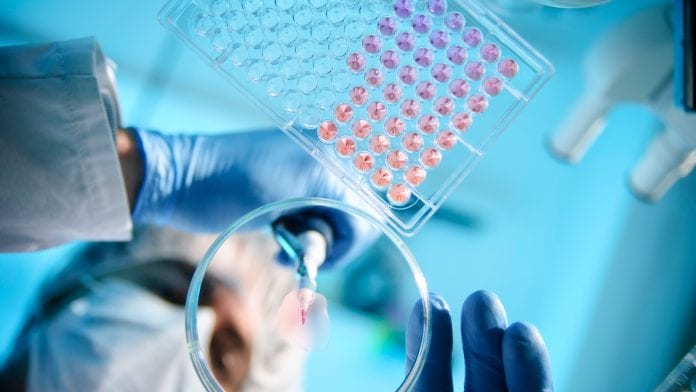
This year’s Nobel Prize research winners have paved the way for promising new strategies for fighting anaemia, cancer treatment and other diseases.
Nobel Prize in Physiology or Medicine 2019 awarded jointly to William G. Kaelin Jr, Sir Peter J. Ratcliffe and Gregg L. Semenza “for their discoveries of how cells sense and adapt to oxygen availability”, offering new opportunities for cancer treatment and the treatment of many other diseases.
William “Bill” G. Kaelin Jr. is a professor of medicine at Harvard University. Kaelin is a 2016 recipient of the Lasker Award for Basic Medical Research. He also has won the 2016 ASCO Science of Oncology Award, and 2016 AACR Princess Takamatsu Award. His laboratory studies tumor suppressor proteins.
Sir Peter John Ratcliffe FRS is a British doctor and cell and molecular biologist best known for his work on cellular reactions to hypoxia.
Gregg L. Semenza is the C. Michael Armstrong professor of paediatrics, radiation oncology, biological chemistry, medicine, and oncology at the Johns Hopkins University School of Medicine. He serves as the director of the vascular program at the Institute for Cell Engineering.
Oxygen availability
While the fundamental importance of oxygen has been understood for centuries, this research focuses on understanding how cells adapt to changes in levels of oxygen.
Oxygen sensing is central to a large number of diseases. The discoveries made by this year’s laureates have fundamental importance for physiology and have paved the way for promising new strategies for fighting anaemia, cancer treatment and for the treatment of many other diseases.
Sir Peter Ratcliffe is a former Editor of Journal of Physiology, a journal published by The Physiological Society.
Responding to the Nobel Prize announcement, President of The Physiological Society, Bridget Lumb, said: “This year’s Nobel Prize puts physiology front and centre. It shines a light on the vital research carried out by physiologists.
“Cutting edge physiological research such as this is improving our understanding of how our bodies work and thereby helping keep us healthy.
“Thanks to this research we know much more about how different levels of oxygen impact on physiological processes in our bodies. This has huge implications for everything from recovery from injury and protection from disease, through to improving exercise performance.”
Commenting on the research, Professor Cormac Taylor of University College Dublin’s Conway Institute, said: “Our evolution has depended on our ability to use oxygen to make energy and to adapt when oxygen levels are low.
“Humans require a constant supply of oxygen to live, but we often encounter situations where the amount of oxygen we have is low. This is the case for extreme situations, such as mountain climbers, but is also faced by people with diseases such as cancer or anaemia.
“The discovery of the HIF pathway answered the question about how our cells adapt to low oxygen and allow cells, tissues and whole bodies to adapt. This is a key and vital piece of understanding the physiology of how our bodies work.
“Targeting the pathways identified by this research opens up new treatment options for people with diseases such as anaemia or cancer.”
























